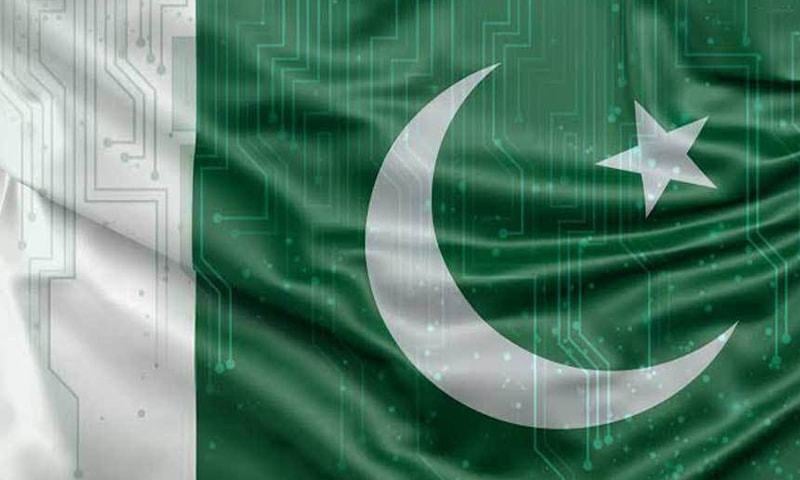According to the Economist Intelligence Unit (EIU) Inclusive Internet Index, “Pakistan has consistently ranked last for internet inclusivity in South Asia, and has been in the bottom three places for all of Asia over the past four years.” For this plan to become reality Pakistan government policies, program and interventions are to be intertwined with a digital focus and associated with clearly crafted strategy and properly defined targets for rapid digital adoption. These measures will require a combined effort that involves both the public and private sectors. For the digital economy foundation, such policy developments are to be synergized as a part of the Digital Pakistan Policy 2021.
Local manufacturing of smartphones, cloud infrastructure, cyber security, data protection, content regulation and broadband services and their related current policies are to be carefully considered with all the investors and stakeholders and aligned with broader economic goals, to make sure that going digital is a national priority. The pandemic has taken its devastating toll on societies and economies but it has also given an unexpected momentum to digital Pakistan that deserves to be praised and highlighted. In Pakistan, digital solutions for communication, learning, health, finance and other services prevented large-scale transmission of the virus, while facilitating connectivity during periods of mass lockdowns. In education sector, the large-scale transfer of students to online communication platforms, such as Zoom, and tele-school initiatives, such as Taleem Ghar and TeleTaleem. Pakistan’s digital response to the pandemic has clearly pinpointed the range of issues that prevent digital connectivity in the country. Also Read: Pakistan’s IT Exports Cross 1 Billion Dollars in 7 Months of Financial Year 2020-21



